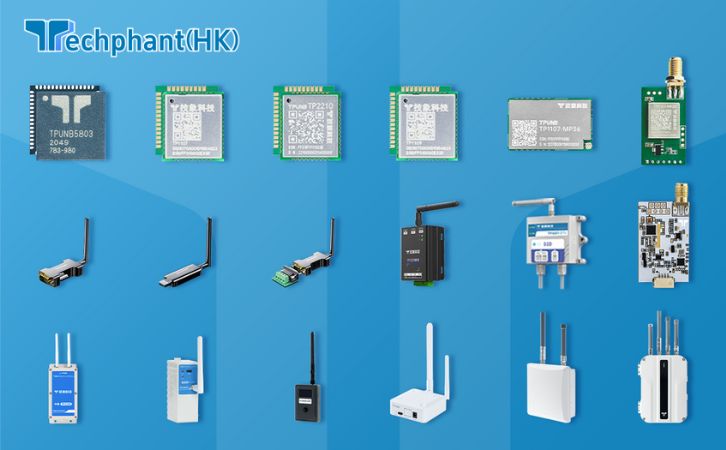Personnel positioning systems have become vital tools in healthcare settings, transforming how hospitals and clinics manage staff, patients, and resources. By leveraging technologies such as Radio Frequency Identification (RFID), Bluetooth Low Energy (BLE), and Ultra-Wideband (UWB), these systems provide real-time location data to enhance operational efficiency, improve patient care, and ensure safety. This article explores four key applications of personnel positioning in healthcare, detailing their functionalities, benefits, and practical implementations.
I. Real-Time Staff Tracking for Efficient Workflow
Real-time tracking of healthcare personnel, such as doctors, nurses, and support staff, is critical for optimizing workflows in busy hospital environments. BLE-based systems, which use beacons placed throughout facilities, can track staff locations with an accuracy of 1–3 meters. For example, a nurse equipped with a BLE-enabled badge can be located instantly, allowing hospital administrators to assign tasks based on proximity to patients or critical areas like emergency rooms.
This capability reduces response times and improves resource allocation. In a large hospital, real-time tracking ensures that the nearest available staff member can respond to a patient’s call, minimizing delays in care. Additionally, by analyzing movement patterns, hospitals can identify bottlenecks, such as overburdened staff in specific wards, and redistribute personnel to balance workloads. For instance, a study in a metropolitan hospital showed that BLE tracking reduced staff response times by 20%, significantly enhancing patient satisfaction. However, challenges like signal interference from medical equipment must be addressed to ensure reliable performance.
II. Enhancing Emergency Response and Patient Safety
Personnel positioning systems play a crucial role in emergencies, where rapid response is essential for patient safety. UWB technology, offering sub-meter accuracy, enables precise tracking of staff during critical situations, such as cardiac arrests or mass casualty events. For example, in an intensive care unit, UWB tags on staff badges can pinpoint their exact locations, allowing emergency teams to quickly locate and deploy the nearest qualified personnel.
These systems also enhance patient safety by ensuring staff presence in critical areas. In psychiatric wards, RFID checkpoints can confirm that staff are conducting regular rounds, reducing the risk of patient self-harm. During evacuations, such as in the case of a fire, positioning systems provide a live map of staff and patient locations, ensuring no one is left behind. Integration with hospital alarm systems can further automate alerts, notifying staff if a colleague enters a high-risk area, such as a radiation zone. Despite these benefits, the high cost of UWB infrastructure can be a barrier for smaller facilities, requiring careful cost-benefit analysis.
III. Asset and Staff Coordination for Resource Management
Effective coordination between staff and medical assets, such as portable ventilators or infusion pumps, is essential for delivering timely care. RFID and BLE systems enable hospitals to track both personnel and equipment simultaneously, ensuring that critical resources are available when needed. For instance, an RFID tag on a defibrillator and a BLE badge on a nurse allow the system to identify the nearest staff member to retrieve the device during a cardiac emergency.
This coordination reduces downtime and prevents equipment loss, which is a significant issue in large hospitals. A 2023 report estimated that misplaced equipment costs U.S. hospitals $12,000 per bed annually. By using positioning systems, hospitals can pair staff with nearby assets, streamlining processes like surgical preparation or patient transfers. Additionally, these systems can log staff interactions with equipment, ensuring compliance with sterilization or maintenance protocols. However, deploying dense networks of RFID readers or BLE beacons requires significant upfront investment and ongoing maintenance to ensure coverage across sprawling facilities.
IV. Infection Control and Contact Tracing
Personnel positioning systems are invaluable for infection control, particularly in preventing the spread of infectious diseases like MRSA or COVID-19. BLE and RFID systems can track staff movements and interactions, enabling contact tracing in the event of an outbreak. For example, if a staff member tests positive for an infectious disease, the system can generate a report of all colleagues and patients they came into close contact with, based on proximity data, facilitating targeted quarantine measures.
These systems also support infection control by enforcing protocols, such as ensuring staff avoid contaminated areas unless authorized. In a hospital’s isolation ward, UWB-based geofencing can alert staff if they inadvertently approach a restricted zone without proper protective equipment. During the COVID-19 pandemic, hospitals using BLE for contact tracing reduced secondary infections by 15%, according to a healthcare journal. Challenges include ensuring data privacy, as employees may be concerned about constant monitoring, necessitating transparent policies and compliance with regulations like HIPAA.
Conclusion
Personnel positioning systems in healthcare settings, powered by technologies like RFID, BLE, and UWB, offer transformative benefits by enabling real-time staff tracking, enhancing emergency response, improving resource coordination, and supporting infection control. These applications streamline operations, improve patient outcomes, and ensure compliance with safety protocols in dynamic and high-stakes environments. While challenges such as cost, privacy concerns, and technical limitations exist, the integration of these systems with emerging technologies like AI and IoT promises to further enhance their impact. As healthcare facilities continue to adopt these solutions, they will play an increasingly vital role in creating safer, more efficient, and patient-centered environments.


